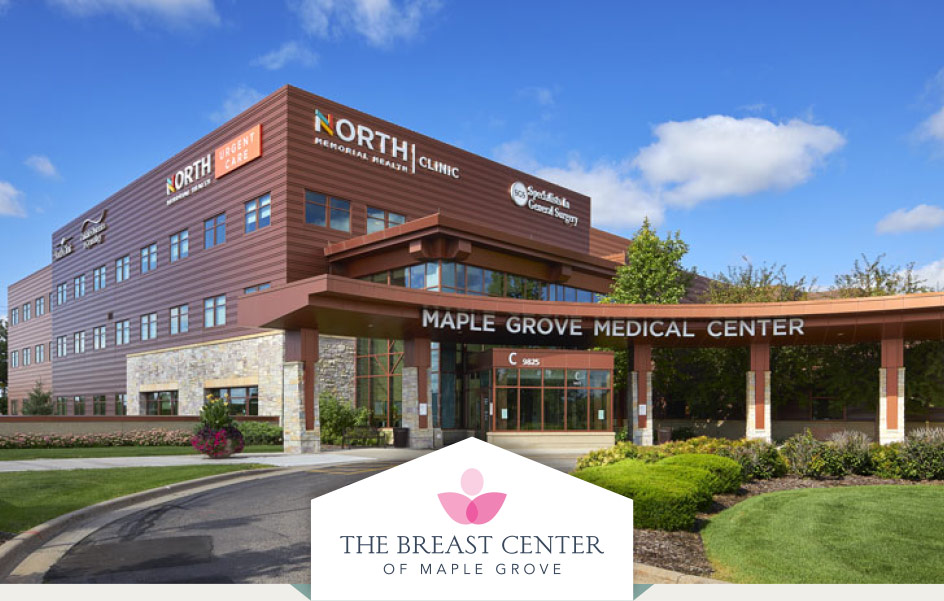A breast lesion is an abnormal growth or lump within your breast tissue. It can appear as a single lump or manifest as a cluster of lumps, which may be benign (i.e., noncancerous) or malignant (i.e., cancerous). Therefore, it’s essential to identify breast lesions early on so that you can work closely with your healthcare team to determine the next steps.
Experiencing any change in your breast tissue can feel overwhelming. From a sharp, shooting pain in the breast area to the formation of a cyst or hard lump, it’s easy to start panicking.
However, understanding the differences between common breast abnormalities can help you stay calm and in control while empowering you to know when to contact your doctor for a diagnosis.
As part of our commitment to supporting women throughout their breast health journey, we wanted to take a moment to discuss what breast lesions are to help you feel more confident in detecting and monitoring these types of abnormalities.
What Is a Breast Lesion?
A breast lesion is any abnormal area or lump found within the breast tissue. While most lumps are noncancerous, some may not be. So if you notice a breast lump formation, you’ll want to monitor it and document any changes closely.
This is because many factors, including hormones, contribute to changes in your breasts, sometimes causing lumps to appear.
For example, you may notice a breast lump during your menstrual cycle that goes away after your period ends. Though you’ll want to keep your doctor informed on these changes, this might be an example of fibrocystic breast changes, which are common among most women and are benign.
However, if a lump or abnormalities last longer than one complete menstrual cycle, you must contact your clinician to discuss the issue.
Benign Types of Breast Lesions
There are many different types of benign breast lesions, including:
- Cysts: fluid-filled sacs you can move around with your finger that often go away without treatment.
- Fibroadenomas: firm or rubbery lumps you can move around in the breast tissue that eventually go away.
- Fibrocystic Breast Changes: As mentioned, this type of lesion often occurs due to hormonal imbalances.
- Papilloma: Fluid and calcium deposits that form inside the mammary duct near your nipple.
Although these lesions are considered non-cancerous, you’ll want to monitor them closely should they change in size or composition. Keeping a journal to document changes or non-changes you discover during your monthly self-exams is highly recommended.
Remember, the more familiar you are with your breasts (i.e., how they look and feel), the easier it is to detect something abnormal—no matter how small.
Malignant Types of Breast Lesions
The most common type of malignant lesion is carcinoma. When it forms inside the breast, it’s referred to as adenocarcinoma.
Invasive ductal carcinoma (IDC), which starts in the milk ducts, and invasive lobular carcinoma (ILC), which begins in the milk-producing lobules, describe breast cancers that have spread into the surrounding breast tissue.
IDC makes up the majority of breast cancers in the country (up to 75%).
Symptoms include:
- Swelling and skin irritation
- Skin dimpling
- Inward nipple
- Scaling or thickening of the nipple
- A lump
ILC, on the other hand, does not usually develop into a lump. Instead, symptoms may include:
- Hardened or thickened area inside the breast or underarm
- Dimpling or puckering of the breast skin
- Changes in breast size
- Fullness or swelling in the breast
Diagnosis and Treatment of Breast Lesions
Benign lesions typically don’t require any treatment. However, if they cause discomfort or appear to be changing, they should be monitored and possibly biopsied to confirm that they are, in fact, benign.
Malignant lesions generally require further testing through advanced imaging tests such as diagnostic mammograms or biopsies. Treatment for cancerous breast lesions may involve surgery, radiation, chemotherapy, or a combination.
Prevention and Early Detection of Breast Lesions
Reducing your risk of developing certain kinds of breast lesions is essential. This includes maintaining a healthy diet, avoiding cigarettes and excess alcohol consumption, sustaining a healthy weight, and regular exercise.
Most importantly, regular breast self-exams paired with annual mammograms can provide early detection of any breast changes before they develop into serious issues.
Schedule Your Appointment
At The Breast Center of Maple Grove, you’ll find quality and compassionate breast imaging services Monday through Friday from 7:30 a.m.-5:00 p.m. We offer same-day appointments, and a dedicated care team who will walk you through your options and be with you every step of the way!
To learn more, please call us at 763-398-6370 or fill out an online form to schedule your appointment.

